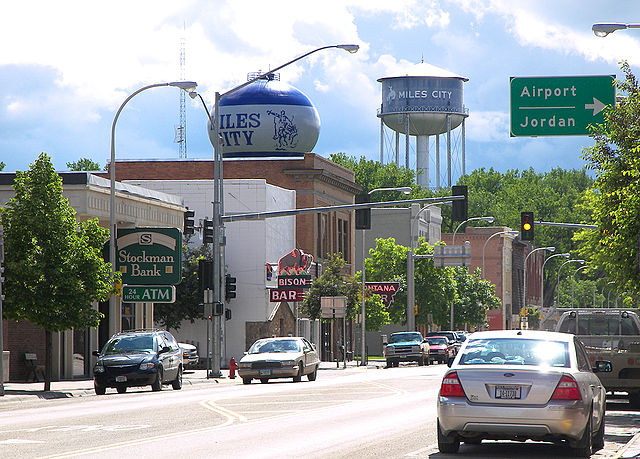In a report this week from its Council on Finance, Insurance and Real Estate (CFIRE), the National Institute of Building Sciences issued the findings and recommendations on the financing of small commercial retrofit projects for energy efficiency.
Small commercial buildings (generally defined as less than 50,000 sf) make up the majority of the nation’s building stock by both number and area (93.9% and 49.5%, respectively). Yet, despite this vast segment of the building stock, investments in energy-efficiency retrofit projects for small commercial buildings have lagged behind those for larger buildings.
The CFIRE report, Financing Small Commercial Building Energy Performance Upgrades: Challenges and Opportunities, identifies several barriers to investment in such retrofits. Key issues include the costs and complexity associated with relatively small loan sizes, as well as the challenge owners have in understanding and trusting predicted retrofit outcomes.
Conservatively estimated as a $35.6 billion market, investments in small building retrofits could yield the nation an estimated 424,000 job years of full-time employment and reduce greenhouse gas emissions by 87 million metric tons a year. Small building retrofits would also improve the resilience of the nation’s built environment and take pressure off the aging electric grid.
In addition to identifying the challenges, the report also highlights current programs and mechanisms that can be replicated or expanded to address the challenges.
The report recommends:
• Federal programs should be expanded and deployed to facilitate state and local energy retrofit financing efforts.
• Federal policy should encourage the development and testing of energy retrofit programs at the individual city, county or utility level.
• Public-private energy retrofit approaches should be encouraged in federal policy making.
• Federal, state and community policy makers should recognize local and property-level variations in designing energy efficiency programs that serve small businesses and others.
• Policy makers should leverage national Commercial Buildings Energy Consumption Survey (CBECS) data, as well as the growing quantity of voluntary and mandatory benchmarking and disclosure programs, to create more meaningful building performance databases.
• Utilities should be required to provide energy consumption data to property owners and tenants, including aggregate building level data for properties in which tenants are separately metered.
• Public policies and programs should be designed to anticipate the future aggregation of energy retrofit loans into bonds, and to provide the basis for appropriate loan documentation.
CFIRE released the report during its Annual Meeting, held during Building Innovation 2015: The National Institute of Building Sciences Annual Conference and Expo.
Related Stories
Smart Buildings | Jan 7, 2014
9 mega redevelopments poised to transform the urban landscape
Slowed by the recession—and often by protracted negotiations—some big redevelopment plans are now moving ahead. Here’s a sampling of nine major mixed-use projects throughout the country.
Smart Buildings | Sep 13, 2013
Chicago latest U.S. city to mandate building energy benchmarking
The Windy City is the latest U.S. city to enact legislation that mandates building energy benchmarking and disclosure for owners of large commercial and residential buildings.
Smart Buildings | Feb 14, 2013
Minneapolis joins energy benchmarking trend for commercial buildings
Minneapolis is the latest major metro to require large commercial buildings to benchmark and disclose their energy and water use.









